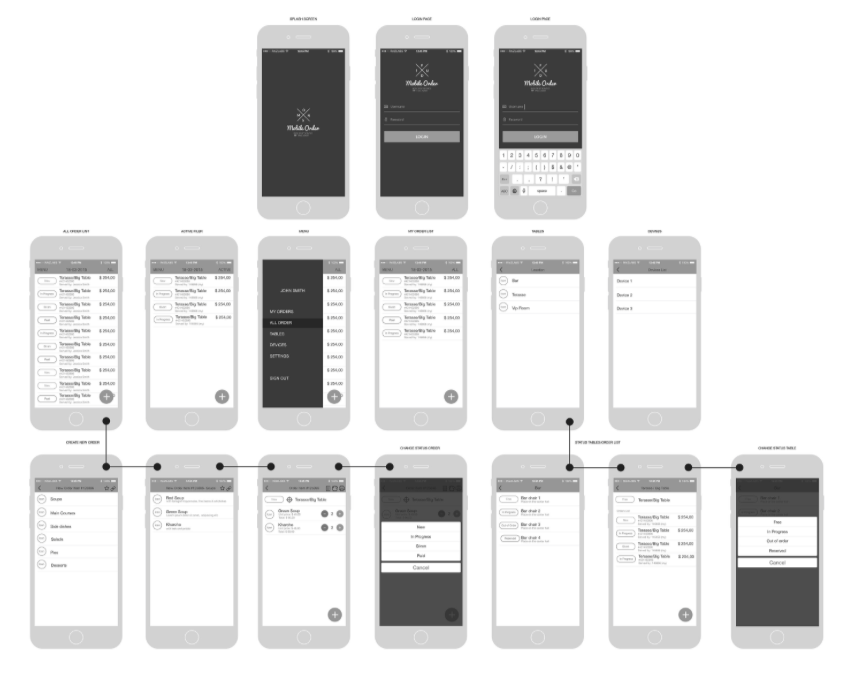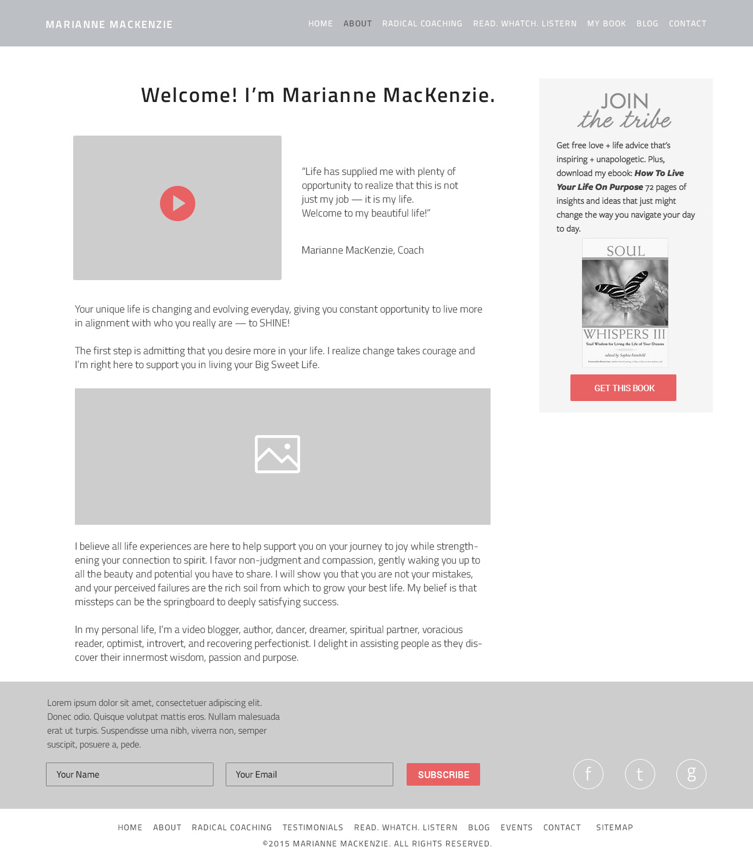
User experience (abbreviated as UX) is how a person feels when interfacing with a system. The system could be a website, a web / mobile application or desktop software which is generally denoted by some form of human-computer interaction.
User experience design won’t work in every situation for every user because, as human beings, we are all different. What works for one person might have the opposite effect on another. The best we can do is a design for specific experiences and to promote certain behaviors, but we can’t manufacture, impose or predict the actual experience itself.
Thus, we can choose main principles of effective UX Designs.
First of all it’ necessary to understand how users interact with websites / applications, what they think and what are the basic patterns of their behavior.
1) UX Investigation / Research
A UX designer could interview existing and potential users of the system to gain insight into what would be the most effective design. Because the user’s experience is subjective, the best way to directly obtain information is by studying and interacting with users.
2) Wireframes / Prototypes
UX designers might create wireframes of different layouts and perhaps also higher-fidelity prototypes.
A Wireframe is a simple visual guide what a page would look like. It suggests the structure of a page, without using any graphics or text. A website wireframe would show the entire site structure – including linking.
Wireframes are a great way to start your design work. Uppermost it's possible to create complex wireframes with huge amounts of details.


3) Design Patterns
Patterns provide consistency and a way of finding the most effective “tool” for the job. With user interface design patterns, for example, picking the right UI elements (e.g. module tabs, breadcrumbs, slideshows) for certain tasks based on their effectiveness leads to better and more familiar experiences. UX designers do not only propose design patterns that are used on other websites, but develop custom patterns specifically for the current project.
4) Testing
Getting users involved in the process is a key to successful design. Sitting users in front of your website or app and asking them to perform a series of pre-planned tasks while they think out loud is the most common type of user testing.
5) Personas
Knowing your audience is the first step in UX design that enables you to develop experiences reflecting the voice and emotions of your users. A persona defines the use case and needs to be developed by conducting interviews, surveys, user testing, user research, and other activities.
There are hundreds of posts on this topic. So please feel free to share others in the comments, to make this list longer and better.
Categories
Tags
Favourite posts
Getting an e-Commerce website online might sound like a huge undertaking,...
WebView displays web pages. But we are interested not only in web-content...
Google Maps is a very famous and helpful service, which firmly entrenched...
RSpec is an integral part of Test Drive Development (TDD) and its main id...
When developing a web application that extensively works with user input ...
Field configuration defines behavior of all standart (system) fields and ...
As you might have already heard, the latest stuff for upgrading rails was...